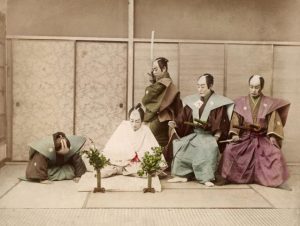Necromancy, also known as nigromancy, describes a theoretical magical practice of communicating with the dead. This happens either through raising them by summoning the spirit. Generally, the goal of this practice is to use the dead for divination; the practice of acquiring knowledge about the unknown or the future through supernatural means.
In classical antiquity, a term associated with the history of the ancient Greece and ancient Rome, there was much fascination about the practice of Necromancy. This time period looked at ghosts and the wisdom that they could provide. In their attempts, they would visit oracles, try to reawaken skulls and corpses, and sleep on tombs. The personal involved in ancient Necromancy included the likes of zombies, early vampires, shamans, Chaldeans, Roman emperors, sorceress, ghosts and witches.
There was a general understanding that even during the time of Classical Antiquity that majority agreed that it was better to leave the dead unmolested and only a few people engaged in this practice. I think this runs parallel to our culture now where there is a general understanding that we do not defile the dead once they are gone but also likewise that there are people who choose to act against that grain. Overall Necromancy during this time was seen more prominently in literature.
Do I believe in the legitimacy of this practice? No. Do I believe in ghost, spirits, the dark arts? Not really. It’s not something that I have explored extensively but I do believe in supernatural powers in more biblical/Christian way. Necromancy addresses a question that we have explored in ANT Death and Burial. Which is where do our spirits go when we die? With Necromancy there is this idea that even after death you are able to actively contribute to society. After you die your legacy lives on; whether it is big, small, good or bad.
https://en.wikipedia.org/wiki/Necromancy

